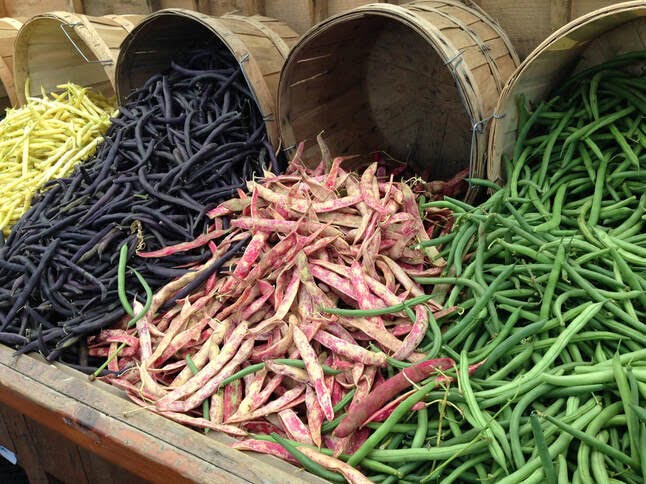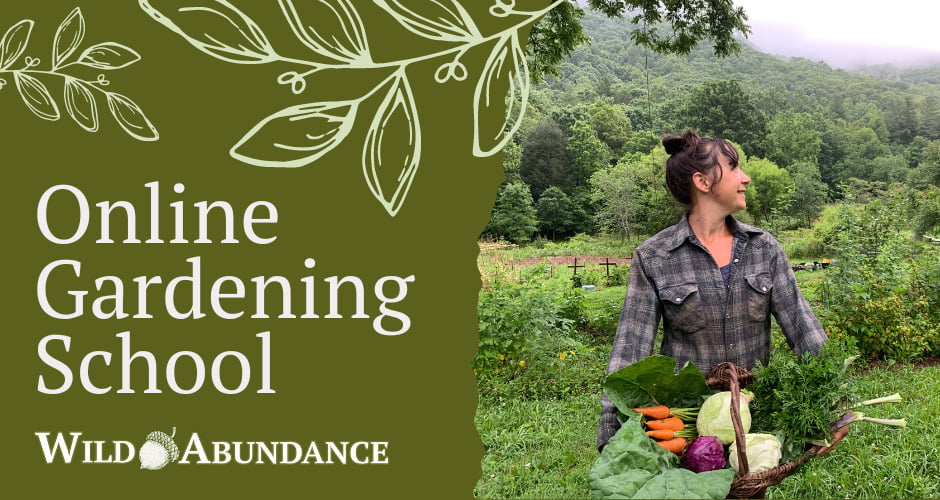Growing green beans is one of the most rewarding things you can do in a garden. That’s because green beans tend to do well, even in poorer soils. Plus, each plant can yield a significant amount of beans to eat. Green beans are botanically identical to dry beans or cooking beans (meaning they’re the same type of plant, with the same genus and species: Phaseolus vulgaris). The difference is that green beans are picked before their seeds mature, while cooking beans are allowed to ripen fully.
This video is an excerpt from our Online Gardening School
How to grow green beans?
For growing green beans, all you need to do is: prepare a garden bed, row, or container (no need for lots of fertilizer, beans fix their own nitrogen); direct sow the bean seeds into the soil at a spacing of about 1”-2” apart; cover and water them; thin them to a spacing of 3”-4” after they’ve come up; keep them weeded; mulch if you choose to; then pick the beans as they ripen to the plump, green stage. Some other considerations are that green beans come in “bush” and “pole” varieties. This means that some plants stay smaller (bush types), while others twine their way up a trellis or pole (pole types). You’ll need to erect a sturdy trellis if you’re growing pole beans. Finally, beans are a warm weather crop and are not at all frost tolerant. Plant beans once the soil has warmed to above 60℉, ideally between 70-80℉, and there is no danger of frost.
For step-by-step video lessons on growing green beans and over 20 other veggies, herbs and berries, enroll in our gardening classes online.
Best green beans to grow
Your success at growing green beans partially depends on choosing a good variety. There are lots to choose from, and not all of them are green! In fact, green beans come in various shades of greens, yellows, purples, and even speckled, like the beloved “dragon’s tongue” and “dragon’s lingerie” varieties. Of course, the best green beans to grow in your garden might not be the best for someone in another climate with different conditions.
When choosing a variety, be sure to pay attention to:
- Days to maturity (do you have enough heat for them to ripen in your area?)
- Growth habit (pole beans need a sturdy trellis, bush beans don’t)
- Pod type (some are round, others are flat, some are fat, others are skinny, what do you like?)
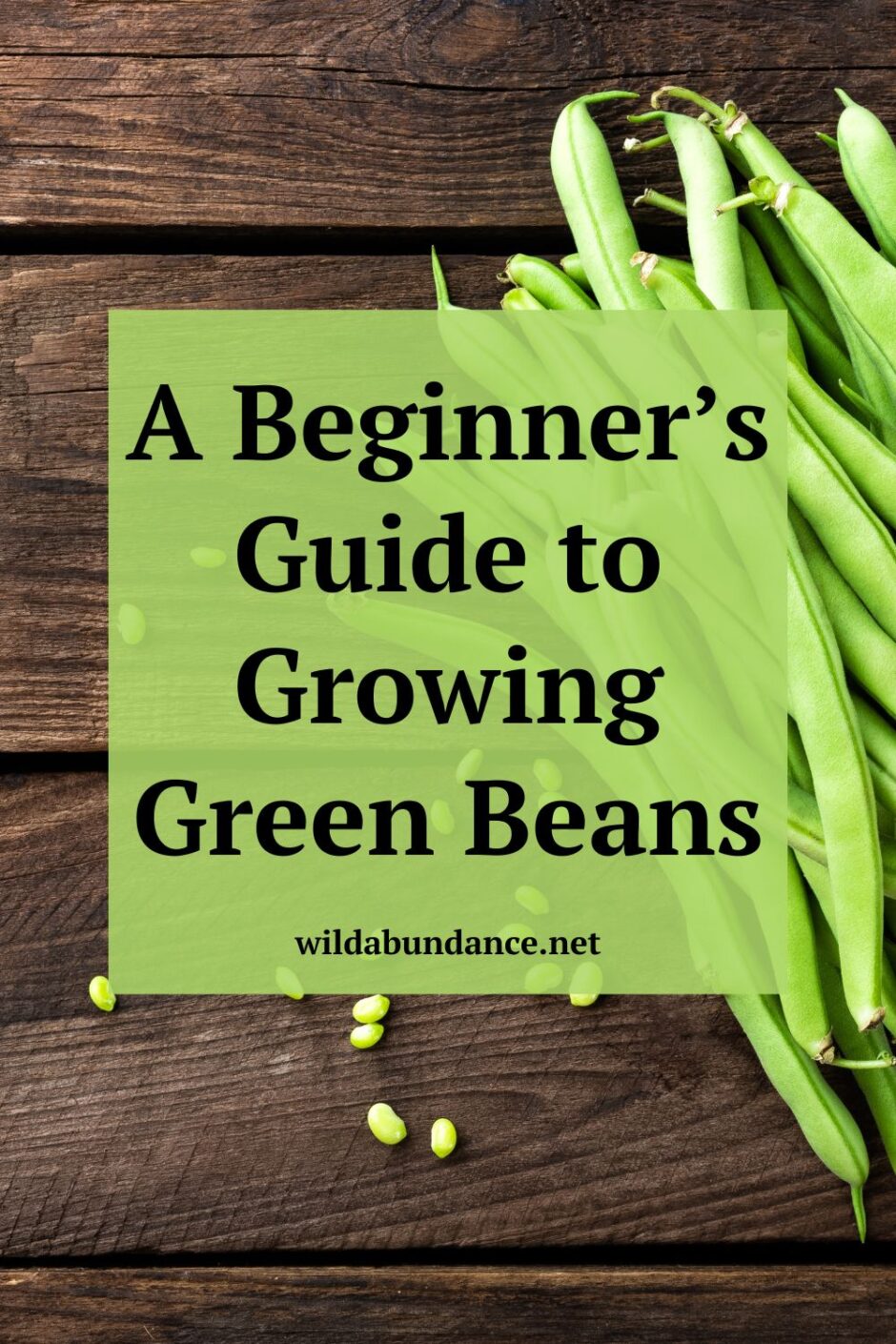
Here’s a general list of the best green beans to grow, based on our experience and tastes:
- Provider is a great green bush variety that makes large round pods, and a lot of them! It’s also fast maturing (50 days)
- Royal Burgundy is a very productive and beautiful purple bush variety; it makes large round pods and matures fairly quickly (55 days)
- Maxibel is a flavorful and productive haricots verts type bush green bean; it produces long, thin pods and matures in a medium length of time (61 days)
- Goldilocks is a variety of medium round yellow/golden bean that produces well, resists some diseases, grows on a strong upright bush-type plant, and matures quickly (52 days)
- Trebona Romano is a flat-podded green pole bean that produces over a long harvest window, tastes great, and matures early, for a pole bean (60 days)
- Kew Blue is a flat, purple-podded pole bean that is just beautiful, tastes great, produces well and over a long window, and matures early, for a pole bean (55-60 days)
Best way to grow green beans
The best way to grow green beans is in full sun, during the heat of summer, with enough water and little weed competition. Growing green beans can be easier than other vegetables because they don’t need very rich soil. Instead, they have an amazing relationship with soil-borne bacteria. These microscopic helpers transform atmospheric nitrogen into plant-available nitrogen. The bacteria share their homemade plant-food with the beans in exchange for sugars and safety within their root systems.
Pole beans are more productive and space-efficient than bush beans, since they grow larger and take up less horizontal space to do so. In order to grow them, however, you need to build a strong trellis, which is an added task that may or may not be possible given your resources. Bush beans are a great choice for shorter seasons (they tend to mature earlier), shorter people, and folks who don’t want to bother with trellising.
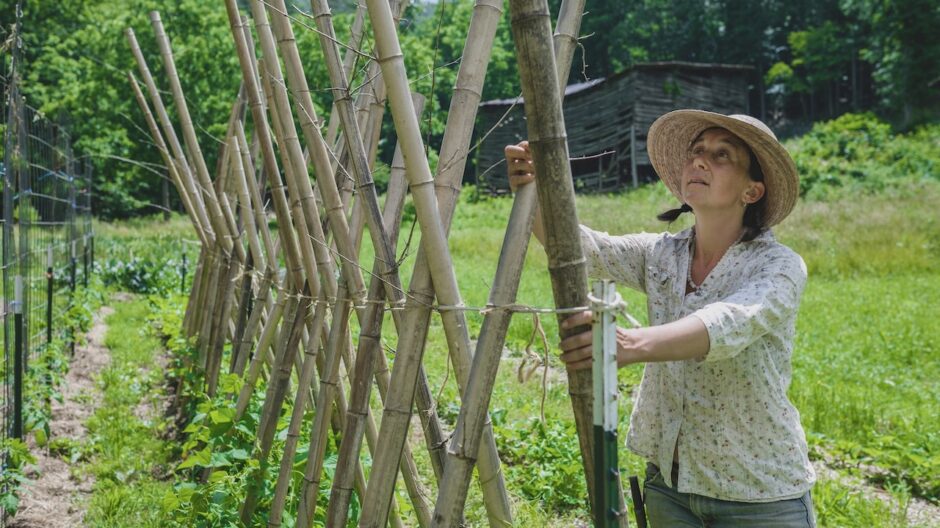

How long does it take for green beans to grow?
Most green bean varieties mature in 50-65 days, with a few pole bean varieties needing as long as 70-80 days. Once the plants start producing green beans, they will have a harvest window of between 2 – 6 weeks, depending on the variety and your conditions. This means you’ll be able to harvest beans off of the same plant over the course of several weeks. Pole beans usually have longer harvest windows than bush beans, some producing for more than a month.
Common green bean pests
Some common green bean pests are Mexican bean beetles, Japanese beetles, slugs and snails. In our region, Mexican bean beetles and Japanese beetles are the major bean pests. It’s very important to hold them at bay by either squishing or covering. Squishing can be tedious, especially in larger gardens. If you opt to cover your plants, use a thin floating row cover and remove it when the plants start to flower. Slugs and snails can be managed well with an organic pesticide called Sluggo, and by clearing the area of mulch or debris where they can stay cool and moist.
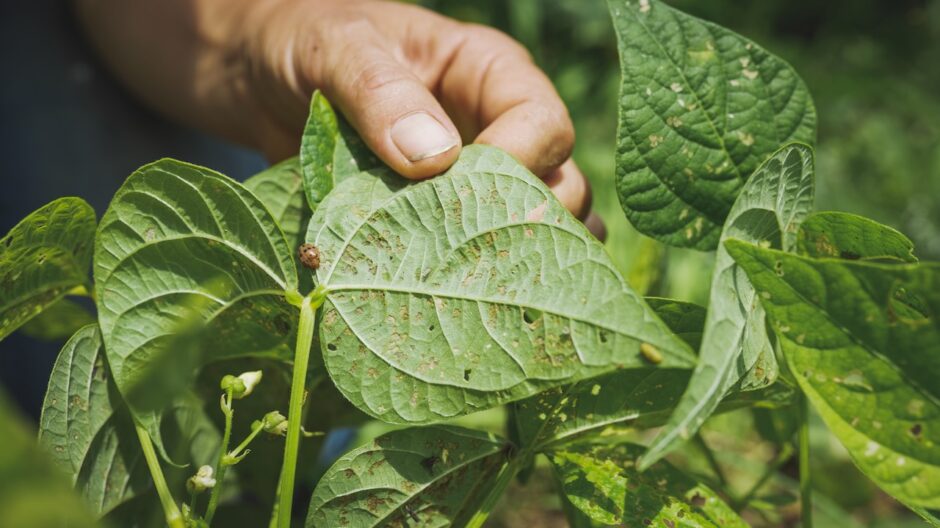

How to harvest green beans?
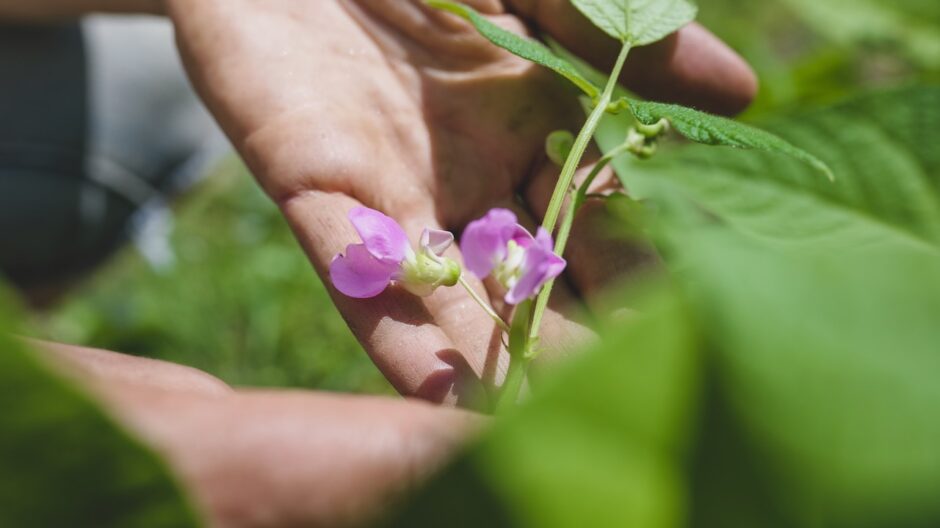

One of the best parts of growing green beans is harvesting and eating them! As the weather warms up, bean plants will begin to flower. These flowers will turn into the beans we like to eat. You’ll notice tiny beans forming after the flowers. Gently pluck every green bean you see that’s the appropriate size for the variety you’re growing. It’s important to harvest all the beans as soon as they’re big enough; this will stimulate more flowering and more green bean production. Most growers pick beans by hand, without the help of a knife or pruners, but if this is hard on your fingers, feel free to grab a sharp tool to help out.
Bean plants will continue flowering and making beans for a long window of time (several weeks or even a month or more, depending on the variety and conditions), if they’re picked. The plant makes beans in order to make seeds, so if you keep picking the beans, the plant will keep flowering and trying to make seeds. If you leave bean pods on the plant, flowering and bean production will slow. So, even if the beans are over-mature and fibrous, it’s best to pick them off so that more beans will come. (Chickens, goats and other livestock usually love overgrown beans.)

